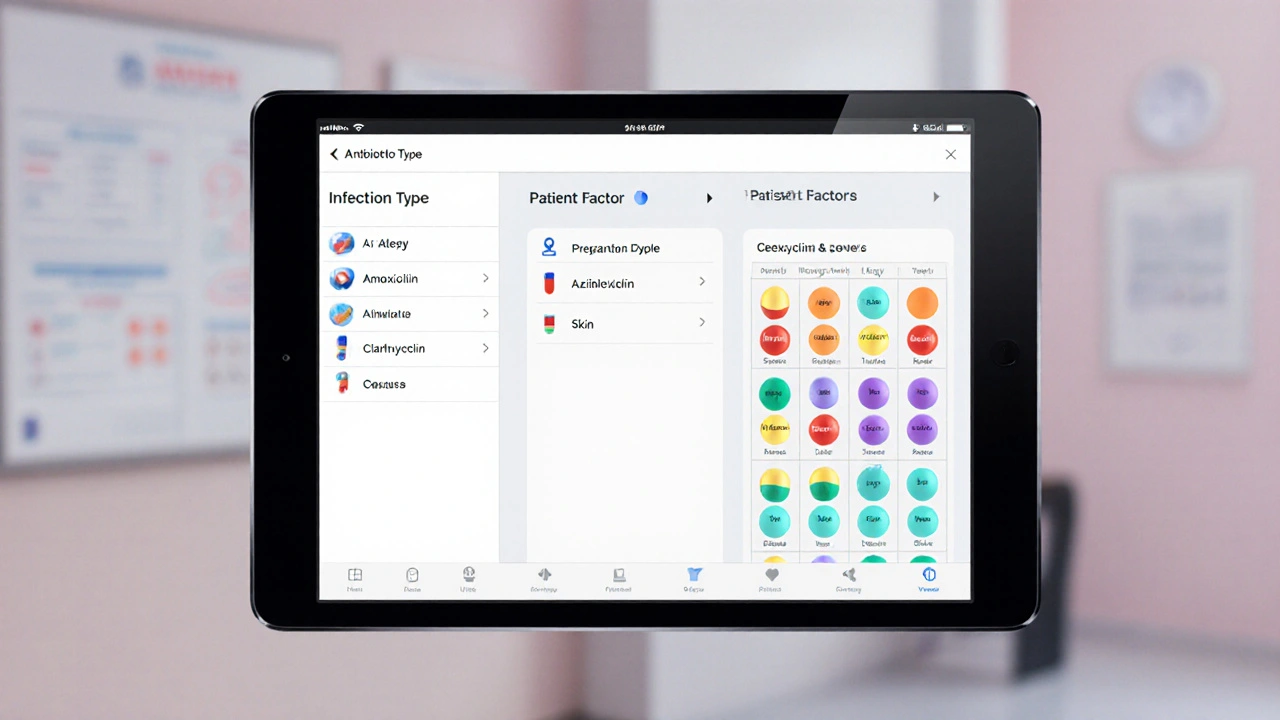Amoxicillin Clavulanic Acid: What It Is and How It Works
When dealing with amoxicillin clavulanic acid, a combo antibiotic that pairs a penicillin‑type drug with a beta‑lactamase blocker. Also known as Augmentin, it targets the same bugs as plain amoxicillin but adds a shield against enzymes that many bacteria produce to break down the medicine. This double‑action makes it especially useful for common infections like sinusitis, bronchitis, ear infections, and skin infections.
Key Related Concepts
The effectiveness of amoxicillin clavulanic acid hinges on three core ideas. First, beta‑lactam antibiotics, like amoxicillin, work by weakening the bacterial cell wall. Second, beta‑lactamase inhibitors such as clavulanic acid neutralize the enzymes some bacteria release to evade beta‑lactams. Third, bacterial resistance patterns shape when doctors choose a combo versus a single‑agent drug. In plain terms: the combo covers more germs, reduces the chance of treatment failure, and often avoids the need for stronger, broader‑spectrum antibiotics.
When you take this medication, you’re benefiting from a semantic triple: amoxicillin clavulanic acid combines amoxicillin and clavulanic acid; clavulanic acid inhibits beta‑lactamase enzymes; the combo enhances bacterial coverage. These relationships explain why doctors prescribe it for mixed‑flora infections where one drug alone might fall short. The dosage forms—tablet, chewable, and liquid suspension—let clinicians match the recipe to a patient's age, weight, and ability to swallow pills.
Safety-wise, the blend shares many side effects with regular amoxicillin: upset stomach, diarrhea, and occasional rash. The clavulanic component can add a higher chance of liver enzyme changes, especially in older adults or those on multiple meds. Always flag other drugs like methotrexate, oral contraceptives, or warfarin, because the combo can tweak how the body processes them. For children, the liquid formulation is calibrated by weight, and pediatric dosing studies show similar efficacy with fewer gastrointestinal complaints when the dose is split across meals.
Understanding amoxicillin clavulanic acid also means keeping an eye on the bigger picture of antibiotic stewardship. Overuse fuels resistance, so this combo should be reserved for infections where beta‑lactamase‑producing bacteria are likely. That’s why you’ll see it pop up in discussions about pneumonia, urinary‑tract infections with known resistant strains, and dental abscesses after a bite. The posts below dive into related topics like safe online pharmacy purchases, how to spot antibiotic side effects, and ways to complement prescription therapy with lifestyle tweaks. Whether you’re a patient looking to understand your prescription or a caregiver navigating dosing for a youngster, the collection ahead offers practical insights that build on this foundation.
Co‑Amoxiclav vs. Alternatives: Which Antibiotic Is Best?
A practical comparison of Co‑Amoxiclav with common oral antibiotics, covering effectiveness, side‑effects, dosing, and when each option is best.
Read more
